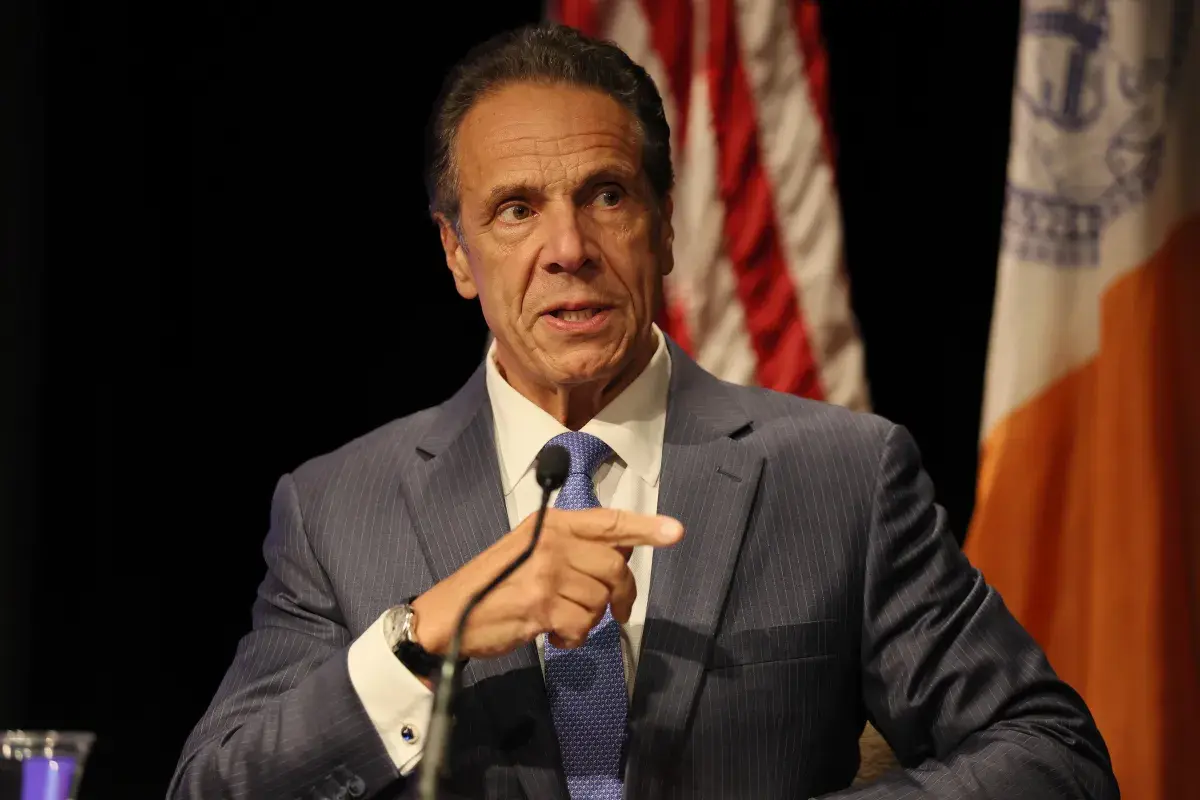
Former New York Governor Andrew Cuomo has added 10 percent of voters in the race for New York City mayor against Democratic nominee Zohran Mamdani and Republican Curtis Sliwa, a new poll shows Thursday.
Why It Matters
The 2025 New York City mayoral race is commanding national attention, with major policy, demographic and ideological shifts at stake for America’s most populous city. Democratic Assemblyman Mamdani’s campaign, if successful, would make him New York City’s first Muslim mayor—a historic milestone discussed in the context of broader debates over policing, affordability and responses to President Donald Trump’s policies.
Cuomo, running as an independent after a high-profile primary defeat, seeks a political comeback in a climate where progressive and establishment wings of the Democratic Party are clashing over priorities. Analysts see the race as a possible bellwether for urban Democratic policy priorities nationwide and a referendum on voters’ response to the Trump administration in Democratic cities.
What To Know
In the poll from Quinnipiac University, Cuomo has 33 percent of the vote compared with Mamdani’s 46 percent and Sliwa’s 15 percent. The poll surveyed 1,015 likely New York City voters from October 3 to October 7, with a margin of error of 3.9 percent.
In a survey last month by the pollster, Cuomo had 23 percent compared with Mamdani’s 45 percent, Sliwa’s 15 percent and Mayor Eric Adams’ 12 percent. After this poll was taken, Adams dropped out of the race, saying in part, “despite all we’ve achieved, I cannot continue my reelection campaign.”
The dynamics of the mayoral race were expected to shift after Adams ended his campaign last month, as some analysts believe his departure will help consolidate opposition votes behind Cuomo.
Thursday’s poll shows Mamdani has his strongest support from Democrats while Cuomo’s most fervent comes from Jewish voters and Sliwa’s from Republicans.
The poll also shows Mamdani secured a 43 percent favorability rating versus a 35 percent unfavorable rating. Cuomo has a 37 percent favorability rating compared with a 52 percent unfavorable mark, and Sliwa scored 27 percent favorability versus a 40 percent unfavorable rating.
What People Are Saying
Quinnipiac University Poll Assistant Director Mary Snow, in the poll: “The numbers changed but the contours of the race haven’t. Andrew Cuomo picked up the bulk of Adams’ supporters cutting into Zohran Mamdani’s lead, but Mamdani’s frontrunner status by double digits stays intact.”
Columbia University professor Robert Y. Shapiro, to Newsweek via email Thursday: “This is a game of arithmetic. Cuomo picked up Adams supporters and maybe some undecideds. As I see it, to close the gap further he needs Sliwa to drop out, or an abysmal debate for Mamdani, assuming the debate will occur as scheduled. The election has certainly tightened so the debate is something to watch further. The race is Mamdani’s to lose.”
Laura Tamman, clinical assistant professor of political science at Pace University, to Newsweek via email on Thursday: “I am skeptical about the accuracy of these poll results given that they excluded Eric Adams from the ballot test, even though his name will appear on voters’ ballots. However, even if the poll is accurate, a double-digit lead in an election that is less than a month away is very good news for Mamdani supporters. Andrew Cuomo’s campaign does not appear to be breaking through and building the kind of support that would be necessary to overcome Mamdani’s commanding lead.”
D. Stephen Voss, political science professor at the University of Kentucky, to Newsweek via email on Thursday: “The earlier Quinnipiac poll asked respondents how they would sort out if Adams left the race. The results were 46% Mamdani, 30% Cuomo, and 17% Sliwa. That’s the better baseline against which to compare this new poll, because it asks the same question. What we see is that, as a best guess, Mamdani hasn’t moved, Cuomo has gained, and Sliwa has lost. Still, the differences are small enough, compared to the margin of error, that it’s safer to say that the electorate’s sentiments have not changed appreciably in the last month. The various revelations about Mamdani’s past comments and political alliances have not done him much harm.
“One warning: Unlike with the three-way polling question, which eliminates Eric Adams as an option, his name still will appear on the ballot. Some percentage of voters will give him their support, whether voting for Adams in ignorance or in [protest]. That mismatch between the poll and the ballot makes these estimates even less precise than usual.”
What Happens Next
The general election is set for November 4. Mamdani’s lead in the polls remains double digits, but analysts caution that late withdrawals or shifting endorsements could alter the dynamics. Endorsements have still not been delivered by Democratic New York U.S. Senators Chuck Schumer and Kirsten Gillibrand or U.S. House Minority Leader Hakeem Jeffries, also of New York.